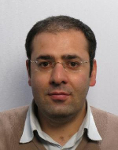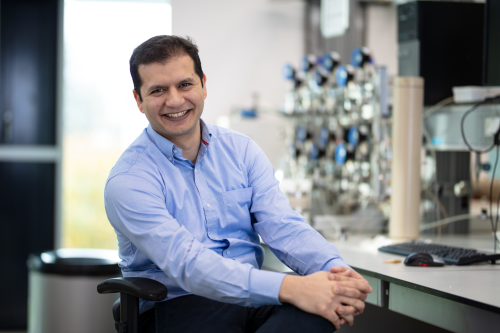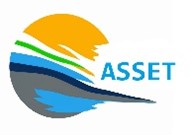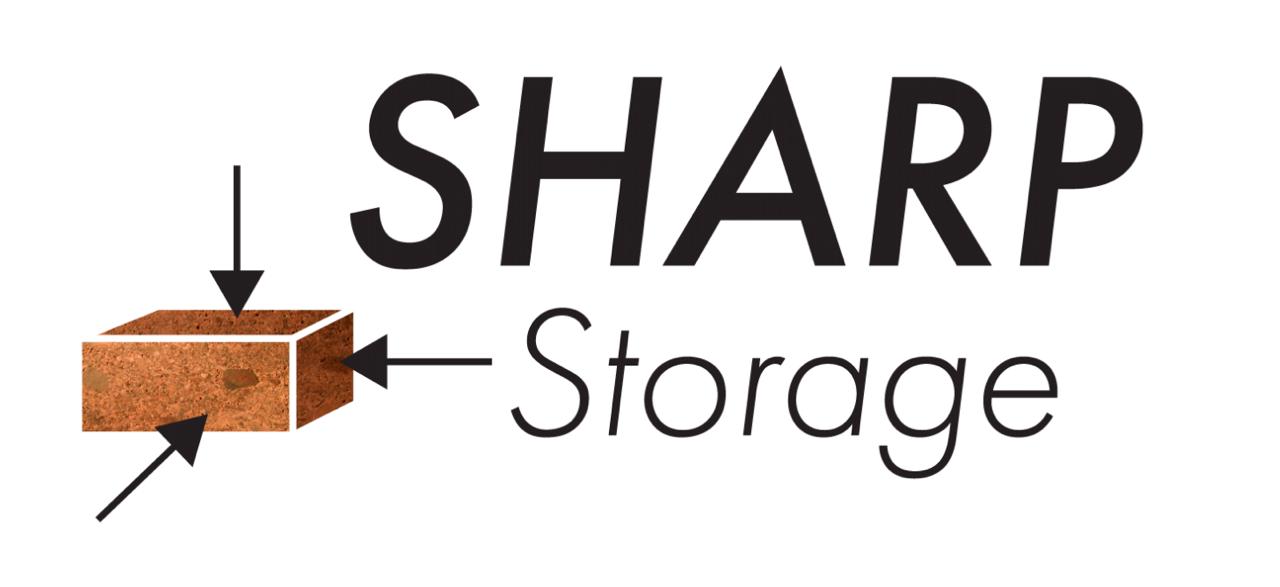Carbon Dioxide Sequestration
CO2 capture and storage in subsurface formations (in short, CCS) is the only proven technology to date that can be scaled up to gigatons per year. The geological formations suitable for this technology are either depleted reservoirs or aquifers. While several studies have been already conducted in the past few decades on the hydro-thermo-mechanical aspects of the CCS, some key topics still remain to be unresolved and are at the core of our activities for further utulizing this technology for successful climate actions. More specifically, our section is focused on the development of new experiments, modeling and simulation sciences to discover the CO2 complex thermodynamics when coupled with hydrodynamics and geomechanics of the reservoir. This includes, among others, wellbore injectivity (specially under potential risks of salt precipitation and hydrate formations), wellbore stability, meaningful simulations considering the relevant complex physics, and the development of coupled well-reservoir simulation capabilities. Advanced thermodynamics modeling of the CCS process (specially for brine-CO2-rich fluids) and exa-scale simulations are also included in our research activities.
Related projects
Enabling the first CCS Project in Offshore Port Rio de Janeiro, Brazil (Petrobras)
Timeline: Sep 2024 – Sep 2028
Brazilian offshore fields offer several opportunities to store large amount of CO2 in either depleted hydrocarbon reservoirs or aquifers. In this project, we study the dynamics of the CO2 plume and its sensitivity towards the geological features. Here we focus on modeling and simulation which then integrated with the geological characterisation will allow the sponsoring company to deploy the technology safely.
Coupled Well-Reservoir model for CO2 and H2 storage
Timeline: March 2024 – March 2028
CO2well focus on the development of coupled well-reservoir simulation capabilities which have significant importance for modeling CO2 and H2 injection into depleted hy-drocarbon fields. After benchmarking developed framework, we will compare differ-ent injection scenarios for CCS and hydrogen storage in depleted gas fields and aqui-fers
Multiscale representation of gas injection into subsurface reservoirs
Timeline: May 2023 – May 2027
CO2up project will focus on upscaling the simulation of CO2 injection in subsurface reservoirs which is an important ingredient for accurate modeling of CO2 injection in aquifers and depleted hydrocarbon fields. The upscaling will be based on advanced physics-based approaches as well as Machine Learning techniques.
Impact of pressure on CO2 foam
Timeline: Jan 2024 – Jan 2025
CO2foam project provides an experimental investigation of foam-assisted CO2 injection which is important for maximizing storage capacity in CCS operations. The objec-tive of this study is to investigate the effect of pressure on foam flow behaviour in the storage of CO2 in porous media. The study will furthermore address the role of CO2 foam on the containment of the CO2 in the reservoir.
SHARP
SHARP focuses on the history of the stresses relevant to secure CO2 in the subsurface. It is a multi-national EU funded project under ACT scheme; in which our section collab-orates with the section of applied geophysics. Here we study cyclic loading on rock specimen and the activities of the North Sea reservoirs before injection of CO2. From the Dutch side, ARAMIS field is the test case study for us.
Reducing Impact of CO2 Hydrates on Injectivity Decline
Timeline: Dec 2022 – Jun 2023
RICH-ID (I and II) projects are dedicated to the reducing of the impact of CO2 hydrates on injectivity which is mostly relevant to CO2 sequestration in depleted hydrocarbon fields where adiabatic expansion of CO2 can cool the reservoir to hydrate formation conditions. In this project we study CO2 hydrate formation and dissociation phenomena as well as methods for hydrate formation mitigation.






